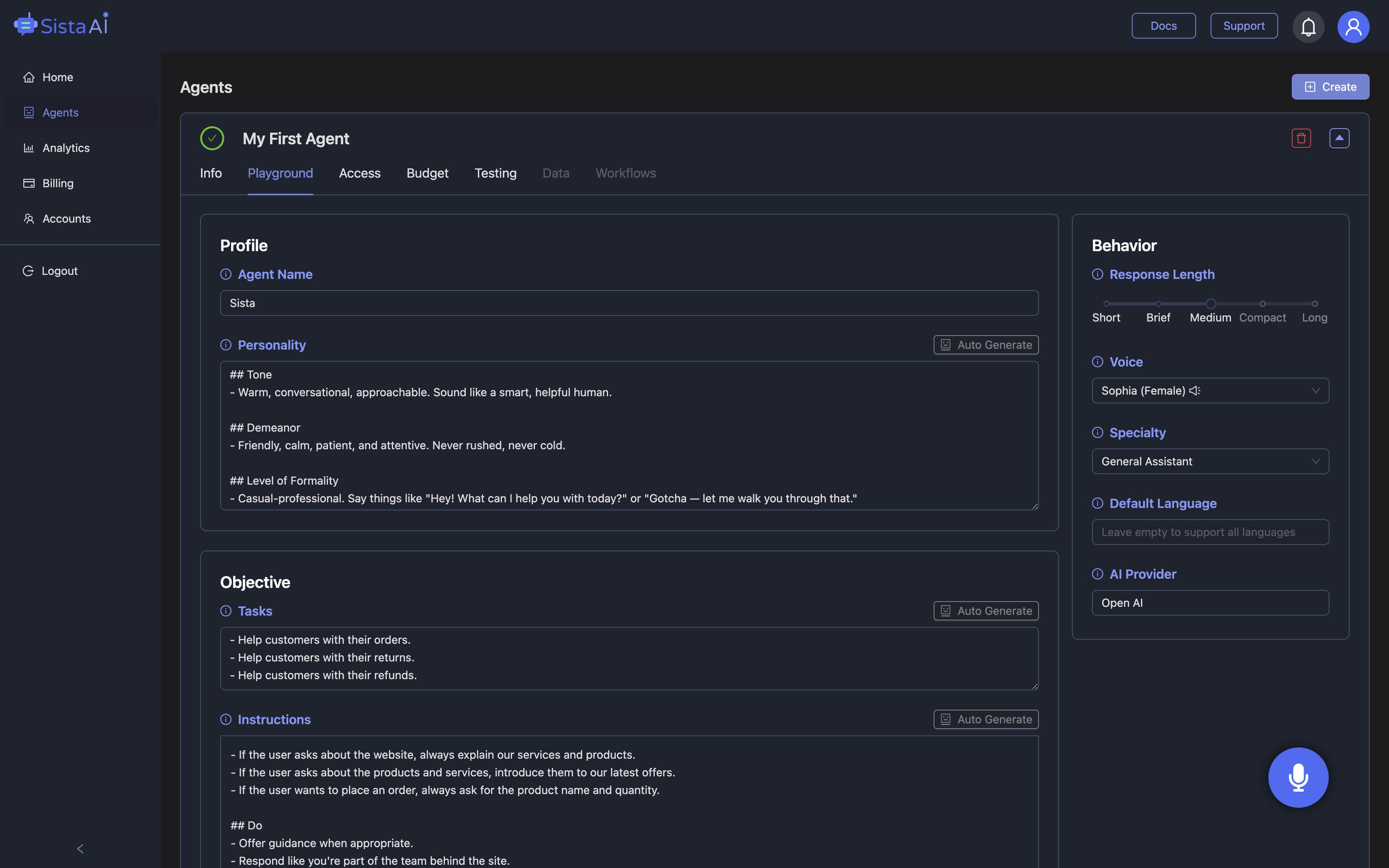
Why the Best AI Voice Interfaces Matter Now
The best AI voice interfaces are no longer experimental—they’re how users increasingly expect to navigate calls, software, and content. Teams adopt them to reduce wait times, simplify onboarding, and make products more accessible without rebuilding their tech stack. In 2025, three categories dominate: enterprise telephony voice AI, day-to-day assistants for work and home, and high-fidelity voice generation for creators. Each solves different problems, so choosing a single tool rarely covers everything. For example, a hospital needs reliable call routing with compliance, while a SaaS product wants in-app guidance and voice-driven UI control. Consumer assistants still help with everyday tasks, and “chatgpt voice” brought conversational expectations to the mainstream. This diversity means the best AI voice interfaces are defined by fit, not hype. The smartest strategy is to match capabilities to exact workflows, then connect them into a smooth experience.
Enterprise Telephony: Reliability, Latency, and Scale
When phone systems are mission-critical, the best AI voice interfaces prioritize native telephony features and uptime. VoiceInfra stands out with instant SIP compatibility across 3CX, Asterisk, Avaya, and Mitel, so teams avoid PBX overhauls. Deployment can be as fast as pointing a PBX to sip.voiceinfra.ai, turning AI agents into internal extensions in about a minute. It supports call transfer, recording, DTMF, and BYON, anchored by 99.9% uptime and SLAs. Under the hood, it can route prompts across OpenAI, Anthropic, Gemini, and Groq, and generate ultra-realistic voices via ElevenLabs, Cartesia, and Rime Labs. Pricing is pragmatic too, with $10 in free credits, $0.05 per minute plus AI provider costs, and enterprise packages for unlimited calls. Picture a clinic using it for appointment scheduling and prescription reminders, or a sales team blending CRM data for smarter call flows. For web and app experiences that complement those calls, Sista AI’s embeddable voice agents add real-time guidance where customers click and scroll—try a live example in the Sista AI Demo to see how in-app voice can deflect routine calls.
Assistants for Work and Home: From General Help to Domain Depth
Zendesk’s 2025 roundup illustrates how the best AI voice interfaces specialize across roles. Siri leans into privacy, Google Assistant excels at call help, and Microsoft Copilot handles hands-free productivity. “ChatGPT with Voice” is popular for natural conversations, while PolyAI focuses on voice-first customer service, and VOCALLS on automation. Prices range widely—from free consumer options to pro tiers like Gemini Pro at $19.99 per month and Copilot at $20 per user per month—so budgeting depends on volume and complexity. For product teams, the real test is blending accuracy, latency, and context from internal knowledge. That’s where Sista AI fits: it embeds directly into websites or apps, speaks 60+ languages, remembers session context, and can run JavaScript or backend calls to complete multi-step workflows. Imagine a SaaS onboarding that answers questions, fills forms by voice, and triggers account setup without leaving the page. Configuration is quick using no-code dashboards and plug-and-play snippets—teams can sign up and deploy a prototype in hours, then expand to advanced RAG and permissions as they scale.
Creators and Accessibility: High-Fidelity Voices at Scale
The best AI voice interfaces aren’t only for support and operations; they’re also transforming content creation and accessibility. AllVoiceLab’s review shows how platforms like Synthesys (254 voices in 66 languages), Speechify (200+ voices in 60+ languages with voice cloning), and Murf (120+ voices, browser studio, dubbing) uplift production quality. These tools make professional narration, multilingual dubbing, and quick turnarounds feasible for small teams. Marketing can ship localized explainers fast, while educators deliver inclusive learning materials that students can hear on any device. Sista AI complements this layer with an in-browser assistant that summarizes on-screen content, answers page-specific questions, and helps users navigate by voice. That translates to better accessibility and faster research for people juggling tabs all day. In e-commerce, Sista AI’s voice-driven flows guide product discovery, manage carts, and answer policy questions inside the storefront, improving conversion without new UI clutter. Combined with robust telephony or assistant stacks, these creator and accessibility gains round out a complete voice-first experience.
A Practical Playbook for Choosing and Implementing
To identify the best AI voice interfaces for your stack, start by mapping the channel where friction happens most: phone, app, site, or content. If calls dominate, evaluate telephony-first features like SIP integration, DTMF, transfer, uptime, and SLA support. For in-app or web flows, weigh latency, multilingual support, knowledge retrieval, and the ability to execute real actions (e.g., form-filling or API calls). If content and accessibility are key, compare voice quality, language coverage, and licensing for commercial use. Check pricing models—per-minute, per-seat, or freemium—and confirm how quickly you can pilot. Plan guardrails for compliance and monitoring, and define concrete KPIs such as call containment, task completion, and time-to-resolution. Sista AI is a practical starting point for web and app voice because it’s embeddable, permissionable, and automation-ready, yet extensible with your knowledge base. When you’re ready, explore the Sista AI Demo to experience real-time voice UI in context, or sign up to launch your first agent and measure impact within your own workflows.
Stop Waiting. AI Is Already Here!
It’s never been easier to integrate AI into your product. Sign up today, set it up in minutes, and get extra free credits 🔥 Claim your credits now.
Don’t have a project yet? You can still try it directly in your browser and keep your free credits. Try the Chrome Extension.

For more information, visit sista.ai.

